“Re: define the boundaries” is the title of this second edition of Re: Humanism, prize and exhibition at MAXXI in Rome (until 30 May 2021) with ten works on show that investigate the relationships between artificial intelligence and our futures. The title chosen by the curator Daniela Cotimbo wants to redefine the boundaries, those at the basis of our human experience such as the body, gender identity, the relationship with nature, with other living species, inorganic matter and ourselves. “The pandemic has accustomed us to this speculative exercise, today technologies allow us to take the reflection even further,” he says to Domus. “The artists seem to want to testify that techno-scientific progress doesn't necessarily have to lead to discriminatory practices that are harmful to society”. The stakes are high and we cannot avoid a continuous renegotiation of these boundaries.
The construction of new relationships between human beings and technological devices is an increasingly urgent topic. We are suspended between trust in technology and the desire for greater transparency and knowledge of technological processes. What is your point of view and how does your project deal with these ambiguities?
Technology itself is not neutral. Behind every technological device lies the work and will of a human being. For a long time, we were concerned about how artificial intelligence could develop forms of consciousness of its own, without worrying about who is developing and training it. Many of the works in the exhibition, such as Numero Cromatico's Epitaphs For The Human Artist or Carola Bonfili's The Flute-Singing, seem to focus on the significant gap between an alien, mechanistic language and the needs of human expression. Mariagrazia Pontorno, Egor Kraft and the duo Christoforetti & Romy El Sayah, on the other hand, show us that when this relationship between the human being and the technological artifice is placed in the right terms, what comes out can really lead us to a deeper understanding of the world. In short, I think it is not advanced technologies that cause the problem, but their use. Therefore, today we need governments to intervene in order to regulate these practices, and at the same time we need to develop a discerning eye to see the possible impacts before they happen. What we are doing with Re:Humanism is to multiply the opportunities for reflection and discovery in this sense.
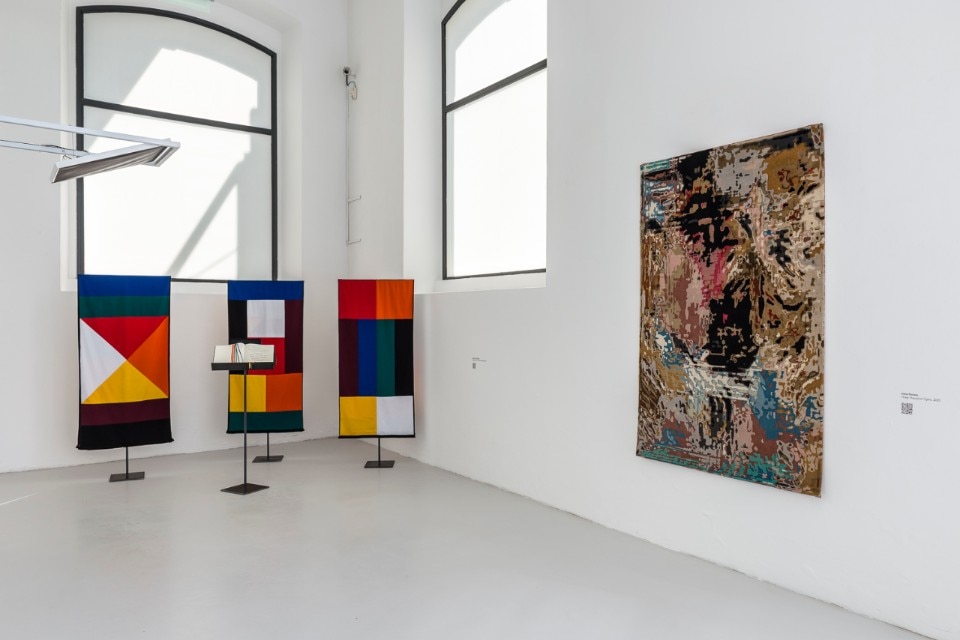
The exploration of the narrative and creative potential of artificial intelligence is one of the threads that emerges most from the works on show. Could you tell us which works best express this topic and what were the criteria for selecting the winners?
When you enter the Corner room of MAXXI, where the exhibition is currently taking place, you are immediately struck by a number of aspects, first and foremost the multiplicity of approaches, which are very different from each other, and then an apparent absence of technology itself. All this stems precisely from the fact that each of the works on display builds a narrative of its own which is the result of a different view of the subject and of the themes linked to the world of AI. It is no coincidence that the work of the first classified, the Entangled Others, invites us to imagine new forms of coexistence within coral reefs: the result that emerges from the lucid dream of a neural network, is surprising. Irene Fenara's work is based on a narrative borrowed from experience, the phenomenon of the extinction of tigers, which the artist reinterprets in a failed attempt to preserve a digital memory. The association Artificial Humanism makes a genetic mutation tangible and sonifies it, just as Yuguang Zhang allows us to come into contact with an intimate dimension of our own being: sleep. This narrative potential was the basis of the choice made by the jury of this second edition, half of which was made up of art critics and curators and half of AI technology experts. The latter were especially interested in a narrative approach that goes beyond technological sensationalism.
What was the response of the art world to the call for participation in the prize? What are the analyses and considerations that emerge from the second edition?
The response was enormous, this time we received twice as many proposals as in the first edition and we also managed to get in touch with many artists who work outside Italy. The general feeling is that there is much more maturity on these issues: they are penetrating the fabric of artistic practices. The boundary between an artist working with technologies and other procedural forms is getting thinner. The more AI becomes a language, the more interest in this technology increases. We are preparing for a new season where policies will have been taken towards the impacts of techno-scientific development and it will be up to us to assess how effective they are. That is why Re: Humanism can’t stop.
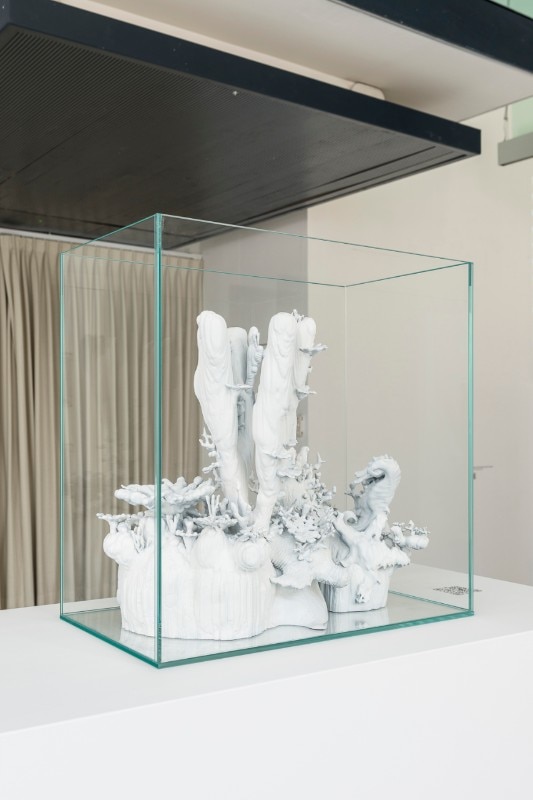
What do you think about the NFT phenomenon and what future do you see for this totally digital and automated dimension of art?
My position is cautious. On the one hand I am fascinated by it because of the potential for dematerialisation of art and its dynamics. On the other hand, as an art historian, I have to dwell on the fact that it is not the first time that art has become immaterial, think of the conceptual art of the 1970s or the performing arts based on temporary action. If I then place these phenomena in time, I can analyse things more clearly and not lapse into uncritical enthusiasm. In fact, behind the digital revolution of NFT there are also dangers, first of all the absence of a meaningful framework that regulates the market and is able to attribute a real value to the works, and then of course the critical environmental data that emerged from the research of artists such as Memo Akten. As in all things, and especially when it comes to technology, we need a critical eye that can render the complexity of the phenomenon. But it is a potential still to be explored.
...I believe that one of the problems we have to overcome is anthropocentrism, the idea of a presumed hierarchy of our species over everything around us.
Biodiversity, gender identity and ecological awareness are some of the themes explored by the artists in the exhibition. How do these themes intertwine with the desire for a new humanism, and in particular with the challenges posed by the pandemic?
New humanism for me does not mean putting man at the centre of things, on the contrary, I believe that one of the problems we have to overcome is anthropocentrism, the idea of a presumed hierarchy of our species over everything around us. The key to overcoming this perspective seems to be based on relationships, but relationships are not something immutable, matter itself at its molecular stage is queer as Karen Barad teaches us, underlying the explorations of artist Johanna Bruckner. Finally, human agency has compromised the idea that nature is something inscrutable and to be approached with a sense of nostalgia. So the key seems to be to go beyond the nihilism that runs through our contemporary societies and to re-read phenomena as something in the making. Dear Battiato, who died recently, has been telling us this for some time, hasn't he? I find it beautiful.
What are the future plans and prospects for Re:Humanism?
The disruptive impact of this second edition has led us to think in advance about what the future of this initiative might be. As I always say, this is not just an art prize, it is driven by a cultural association that aims to address these issues from multiple perspectives. Of course, with regard to the contemporary art world, my dream is to transform Re: Humanism from something temporary and biennial, as it is at present, into a stable reality with events every three months, laying the foundations in Rome.
Preview image: Entangled others, Beneath The Neural Waves 2.0, courtesy MAXXI


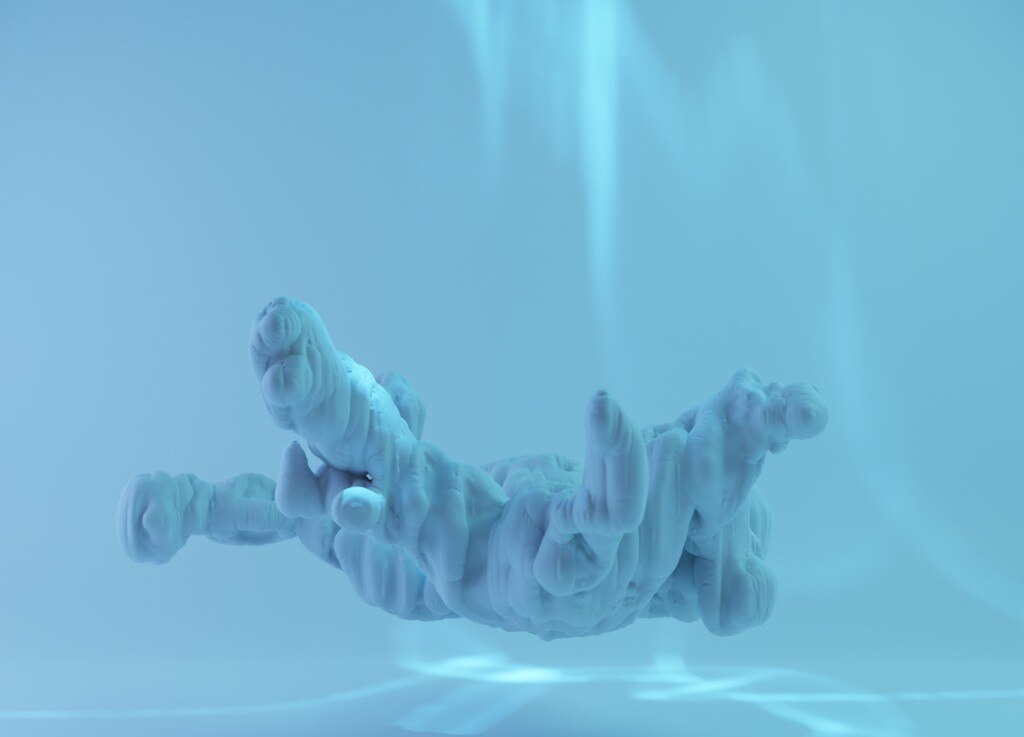

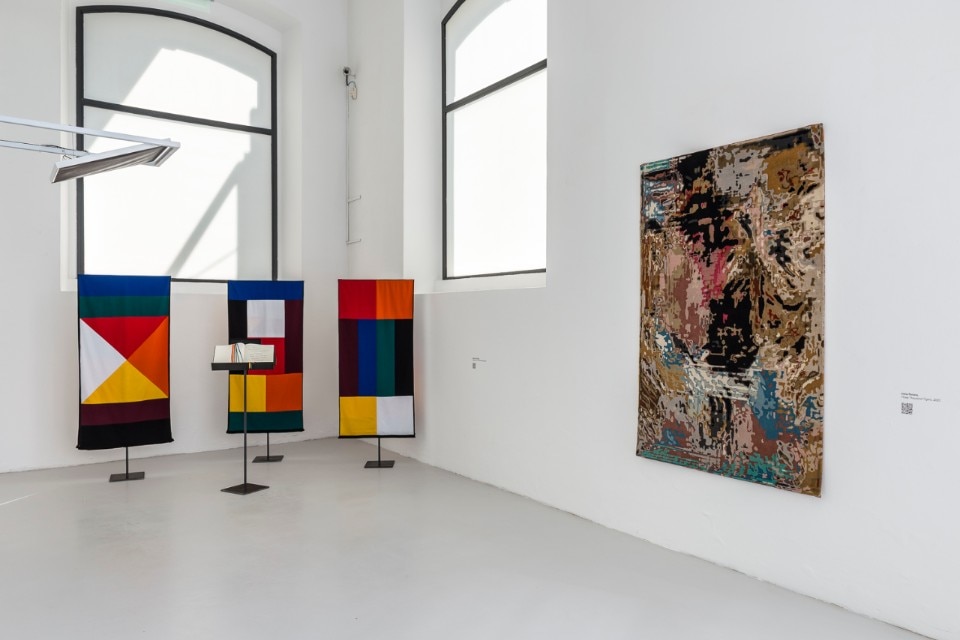

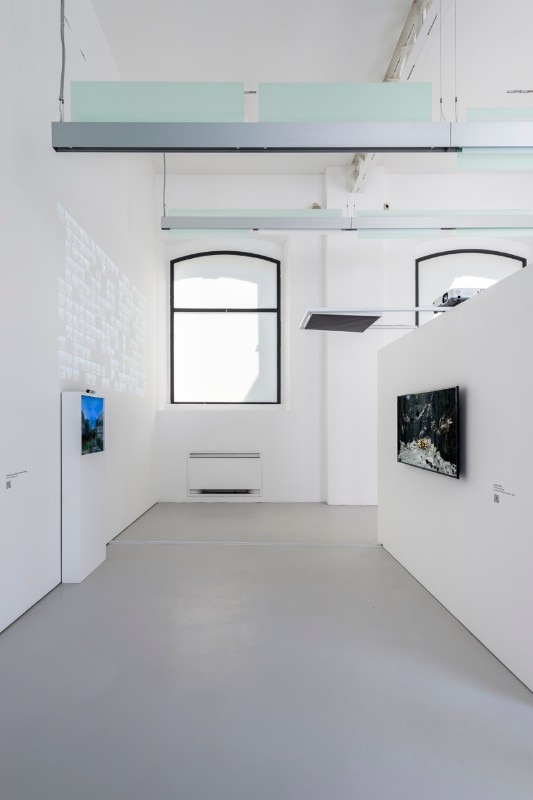
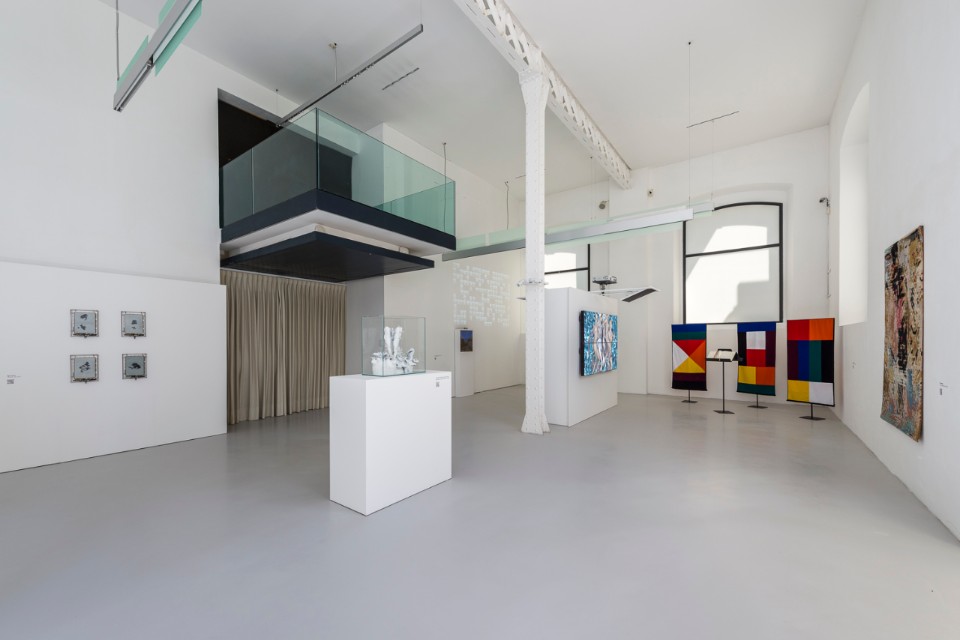
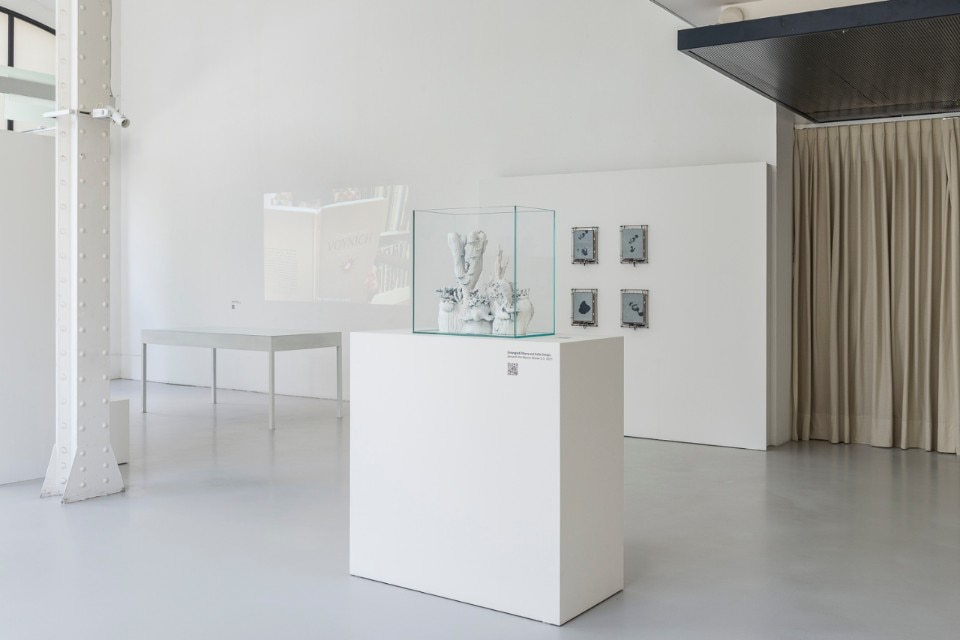
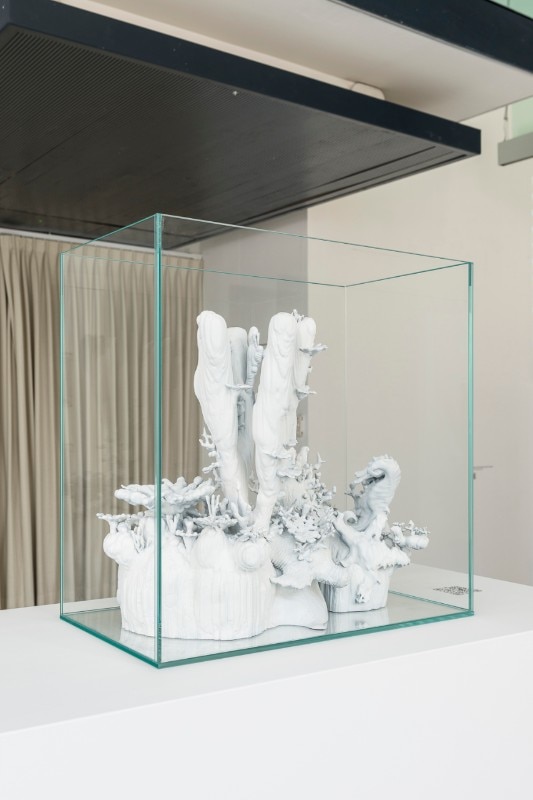
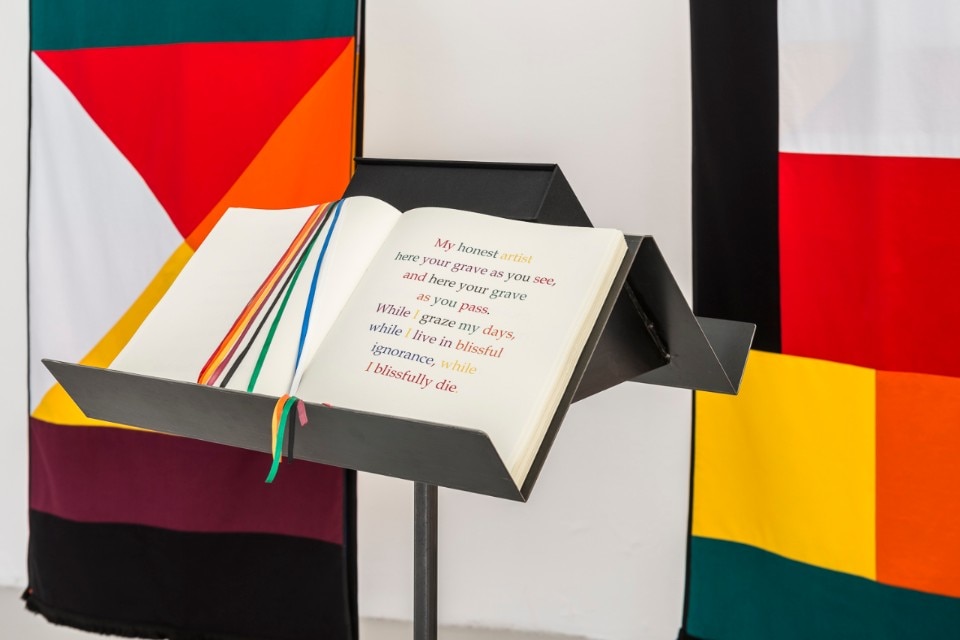
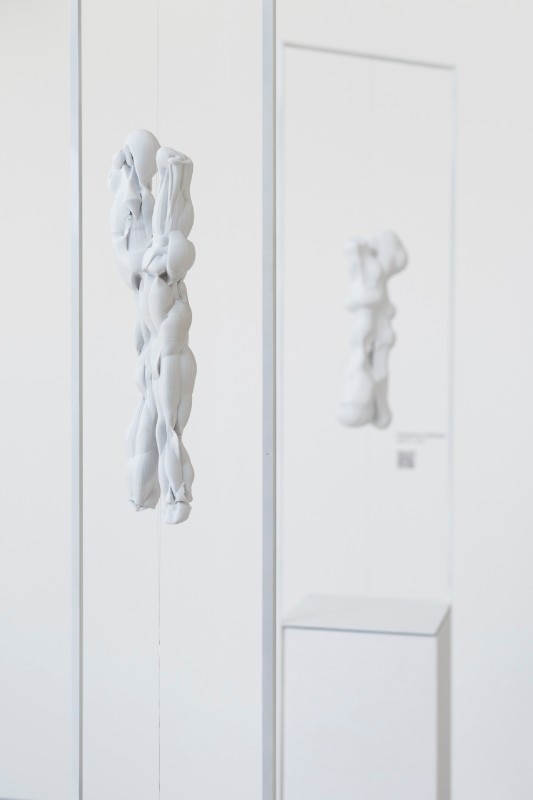



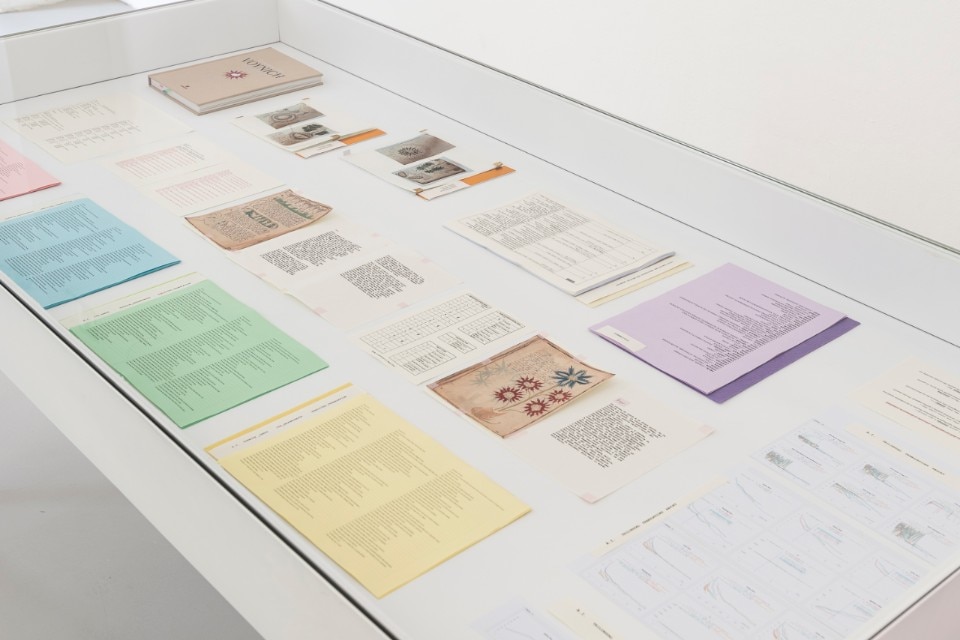
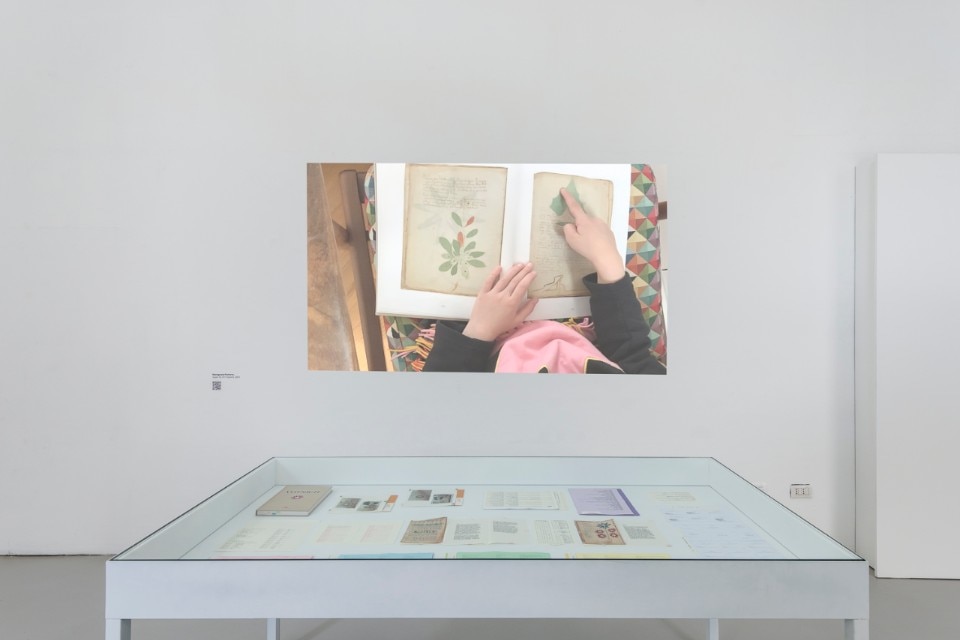
.jpg.foto.rmedium.png)
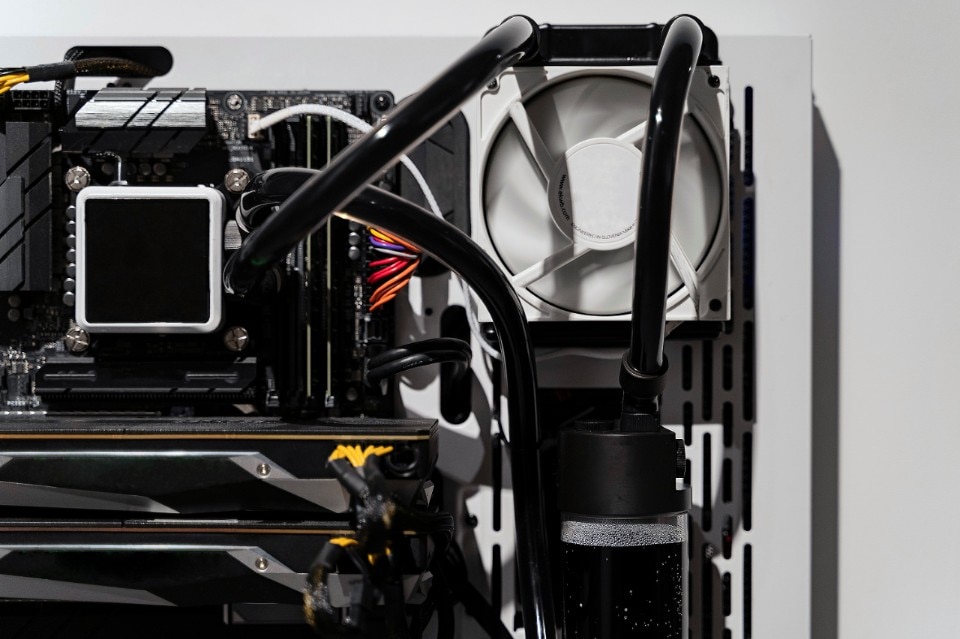
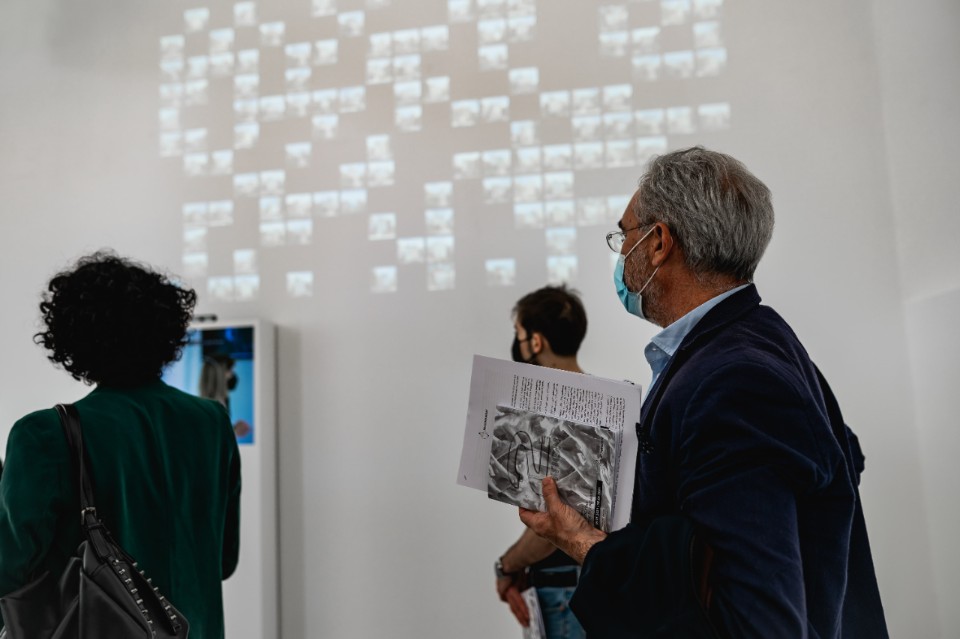
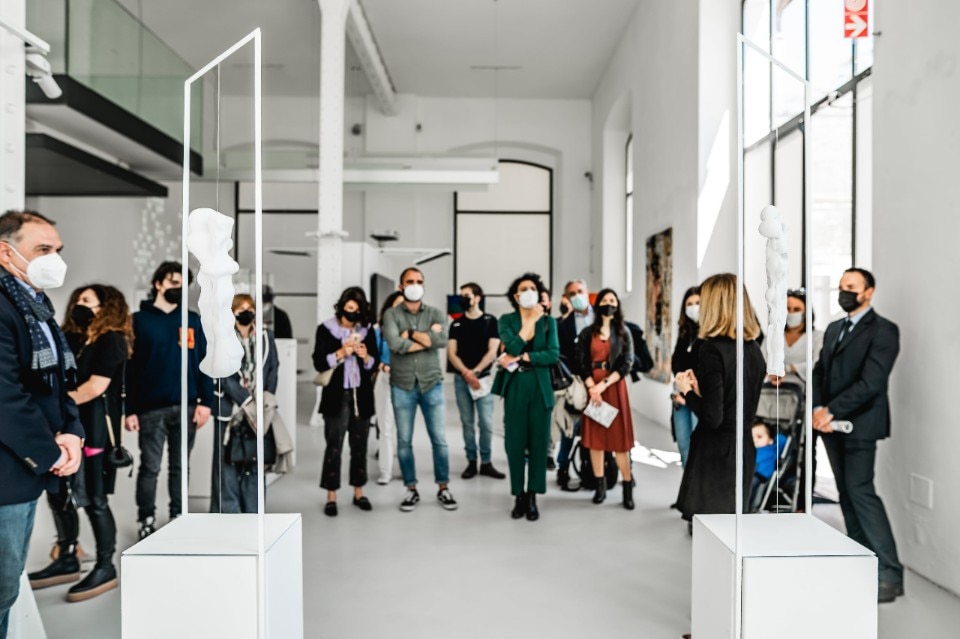

.jpg.foto.rmedium.png)


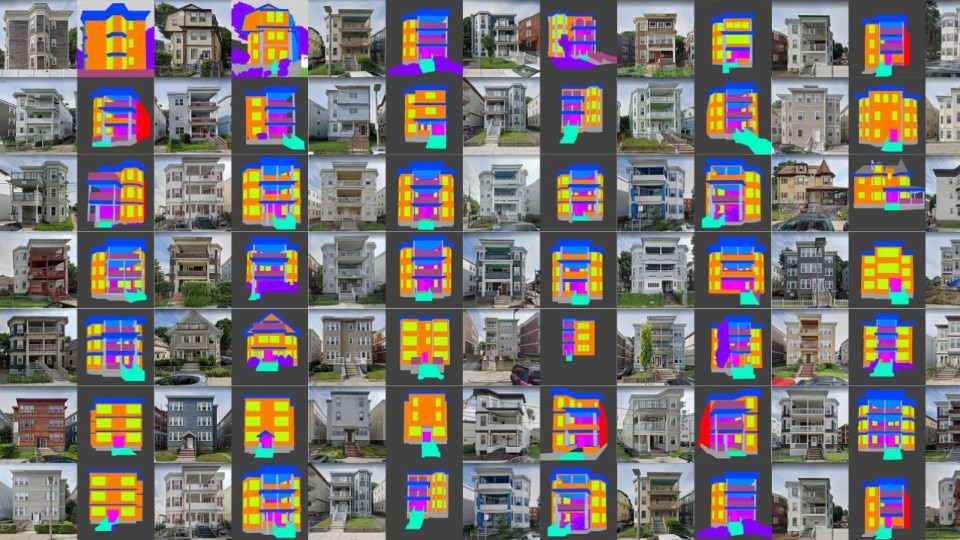
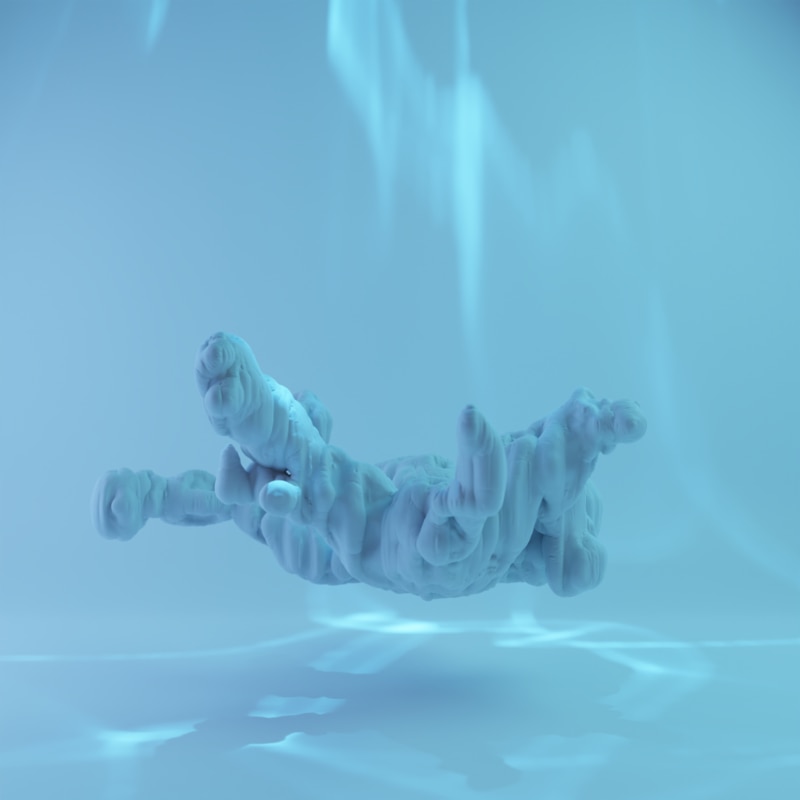

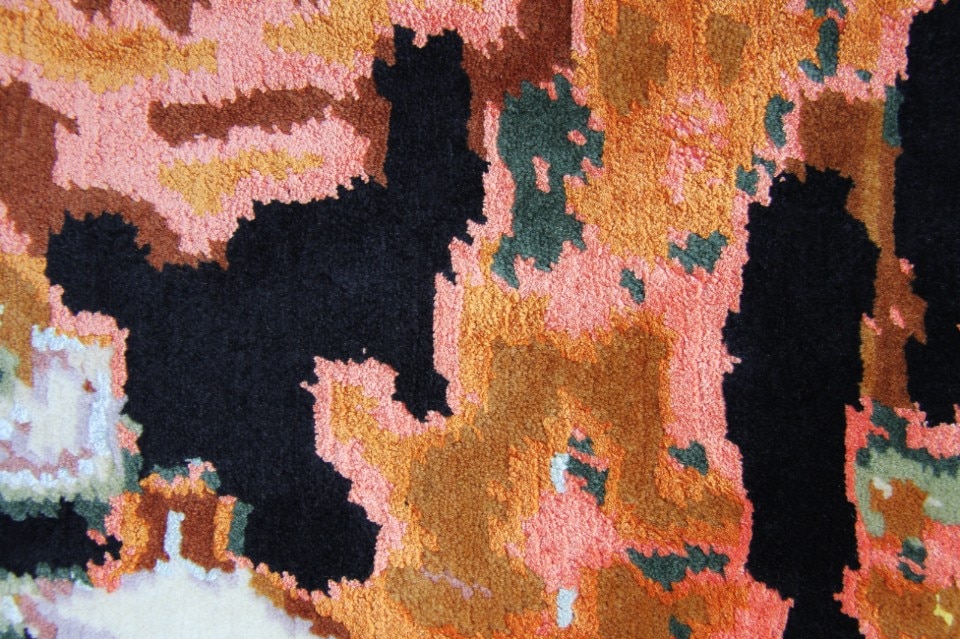
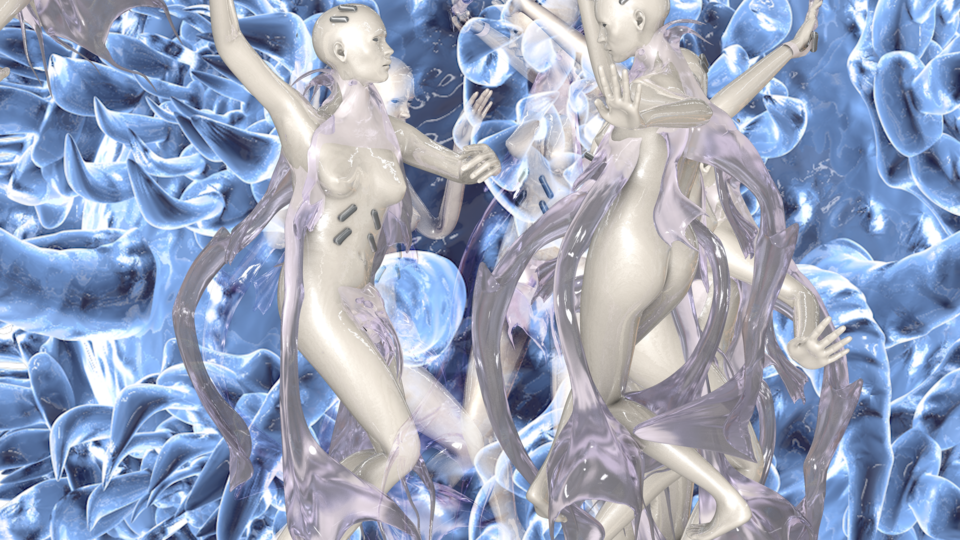
.png.foto.rmedium.png)
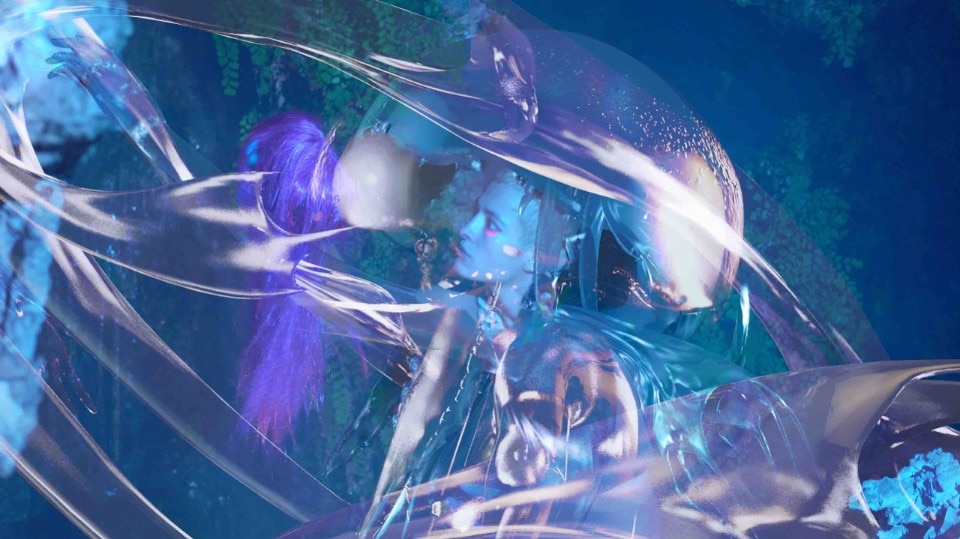
%20+%20Mutato%20(right).jpeg.foto.rmedium.png)